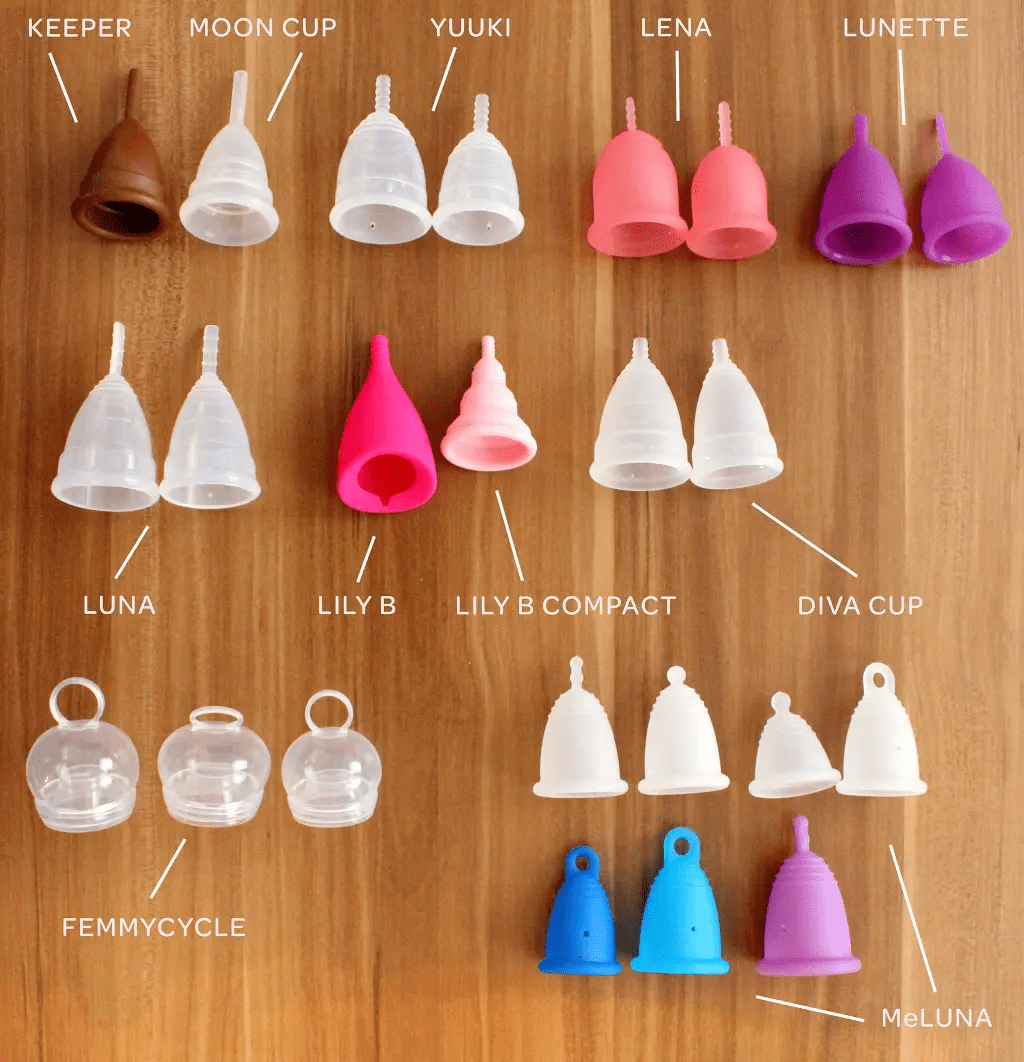What is a menstrual cup?

1. Good hygiene is paramount
It is critical to practise excellent hand hygiene. To avoid the introduction of bacteria or viruses to the vagina, vulva, and urinary tract, always thoroughly wash your hands with a mild soap and warm water before inserting or removing your cup. Also, clean your cup before the first use and at the end of each cycle.
2. Try to relax
To insert a menstrual cup correctly, your pelvic muscles must be relaxed. Tense muscles might make inserting a menstruation cup difficult or uncomfortable. When using your cup for the first time, make sure you’re in a relaxed environment to avoid any unnecessary stress. Because you are more calm in the shower, it is also a good place to practise inserting and withdrawing your JuJu cup. If you have vaginismus, you may find it difficult to use a menstrual cup, and we recommend speaking with your healthcare practitioner about a treatment plan that will make using a menstrual cup simpler over time.
3. Perfect practice produces perfect
Before you start your cycle, practise inserting and withdrawing your cup in the shower a few times each week. This is referred to as a ‘dry run,’ and it will assist you in transitioning to using a cup when you do use a menstrual cup during your period.
4. Apply lubricant to the rim
To aid entry, use a pH-balanced organic water-based lubricant. Alternatively, many people find that running their cup under water before inserting it gives sufficient lubrication to facilitate entry.
5. Experiment with different folds
It may take a few tries before you feel comfortable inserting your cup. A menstruation cup can be folded in a variety of ways. One fold may suit you considerably better than another, so try out several menstrual cup folding methods until you find the one that works best for you.
6. Find a position that is comfortable for you
Standing, standing with one leg lifted, crouching, or sitting on the toilet with the pelvis tilted forward and the tailbone tucked under may be appropriate for some persons.
7. Insert the cup
Menstrual cups should be inserted at a 45-degree angle, not straight up (the normal angle of the vaginal canal). Allow your cup to open just inside the vaginal entrance, with the stem still protruding, then gently push it into position with your index finger on the base of the cup. Allowing the cup to open low in the vagina guarantees that a suction seal is made with the vaginal walls rather than the cervix. Your cup should sit lower than a tampon, but if you have a long vaginal canal or a high cervix, it is not uncommon for it to migrate and sit higher. If your cup sits low and the stem protrudes, you can cut the stem of your menstrual cup node by node until you find the length that works best for you.
8. Examine the seal
Make sure the cup is securely in place to avoid leaks. After inserting the cup, you may experience a popping sensation, indicating that the cup has opened. You can also undertake a physical examination to see if the cup has opened by entering your index finger only up beside the cup and running it around the perimeter. If you feel any ‘dents’ in the cup, it has not fully opened and you will need to reinsert it or do a few Kegel or pelvic floor squeezes to help it open. Some people like to give their cup a small twist after inserting it to ensure a seal has formed, but others find they are unable to turn the cup once it is entered.
9. Have a backup plan
When you first start using a cup, it’s a good idea to use it in conjunction with a pantie liner or reusable cotton pad in case of leaks. You will no longer require a cushion as you gain confidence in using your cup.
10. Be gentle with yourself
It may take some time for some women to master the use of a menstrual cup. If you grow frustrated while inserting or removing your cup, the task will become even more difficult. Take a break for a day or two and try again when you’re in a better mood.
If you followed all of the preceding advice and are still experiencing leaks, you may not have chosen the suitable size. If your cup is too small, it will leak since it will not make a good seal with the vaginal walls. If a cup is overly large, it may not open properly, resulting in leaks or pain. Contact Dr Amita Shah one of the best gynaecologists in Gurgaon for fertility problems.
































